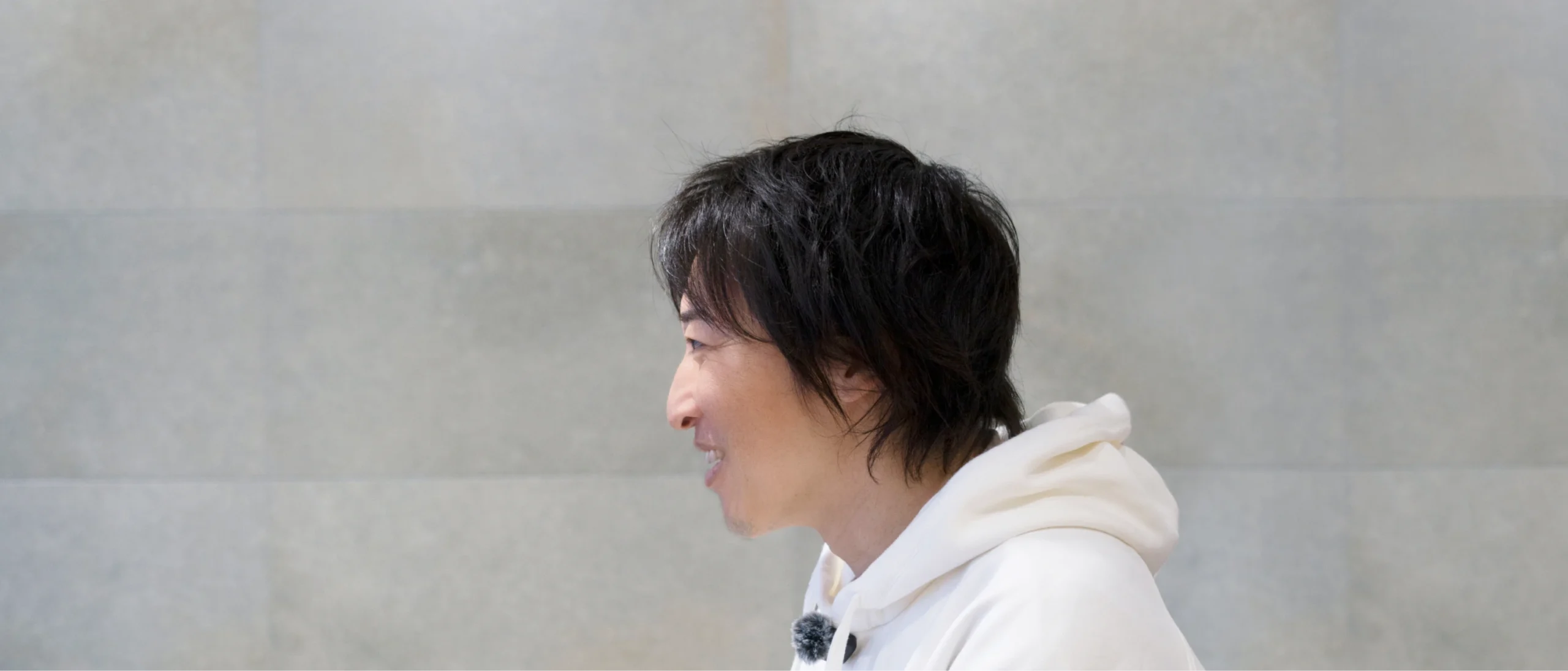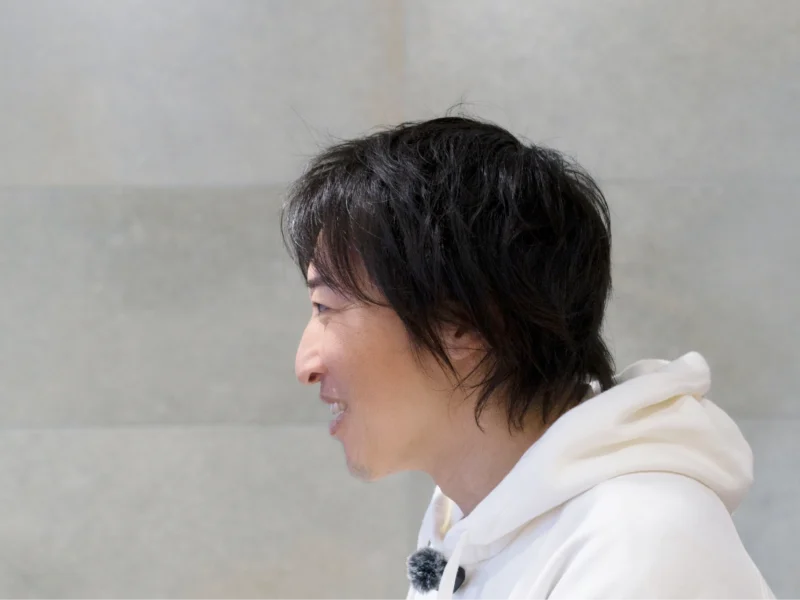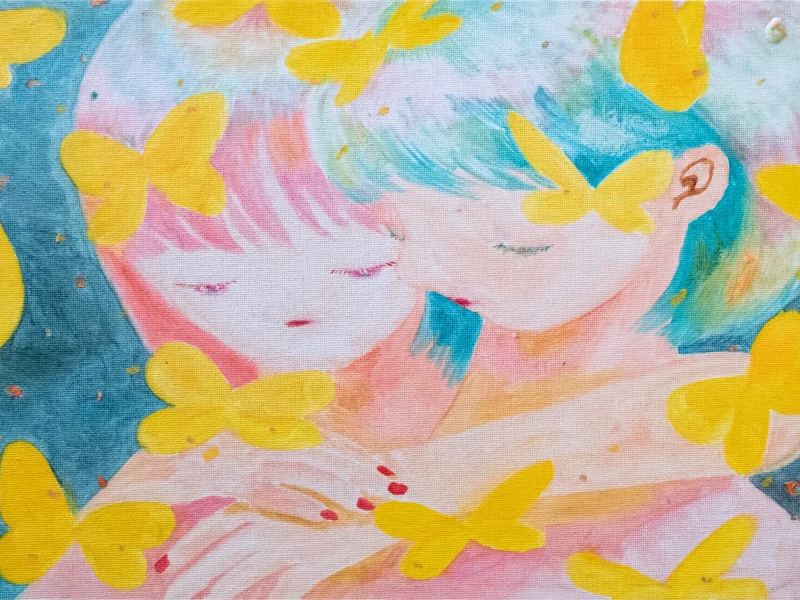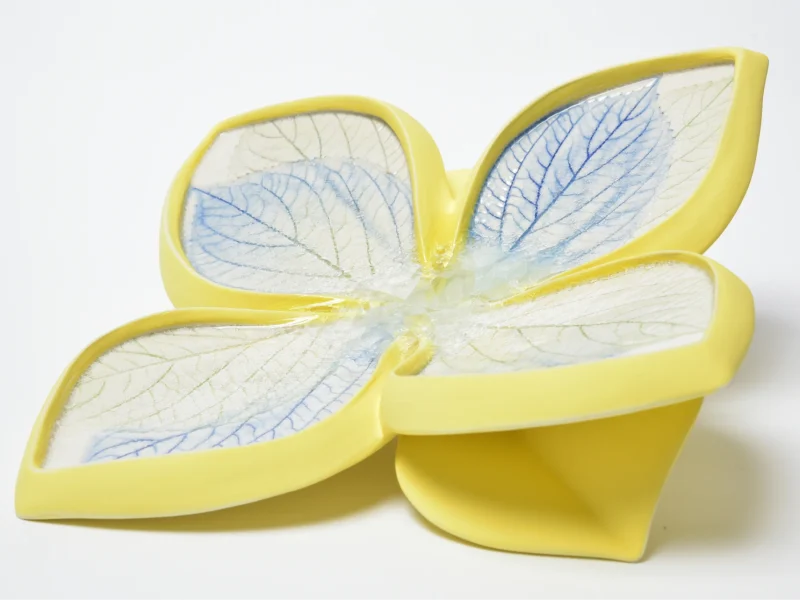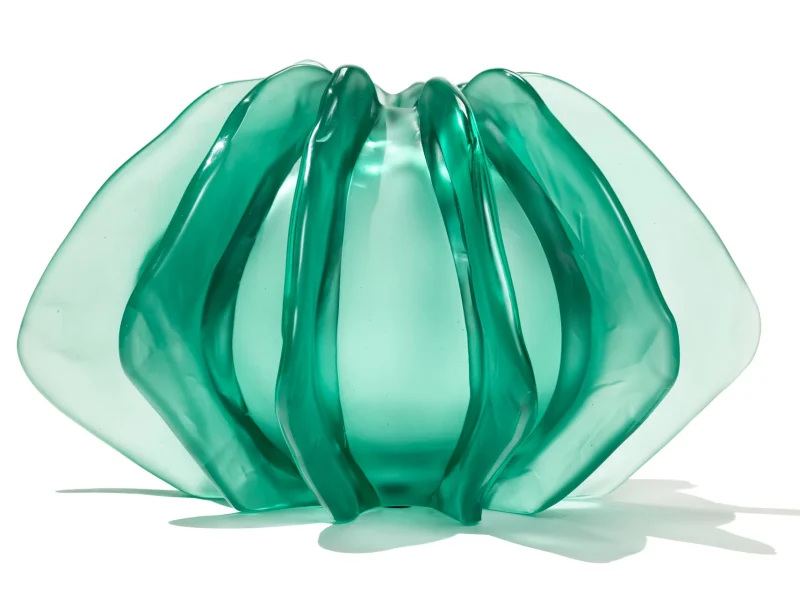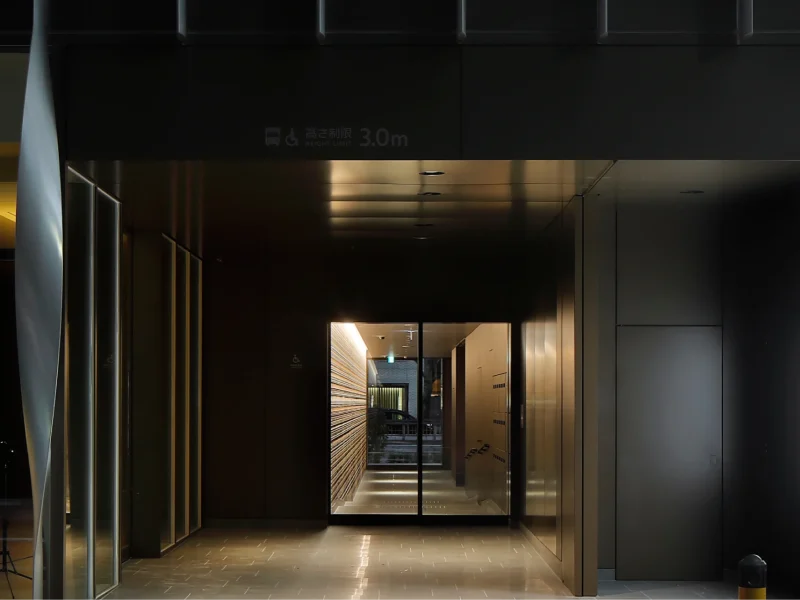We spoke with Hideaki Fukutake, Chair of the Board of Directors of Benesse Holdings, Inc. and Chairman of the Fukutake Foundation. The foundation supports the museum projects of Benesse Art Site Naoshima, centered on Naoshima, Teshima, and Inujima, as well as regional development activities through culture and art throughout Japan. It also supports the Setouchi Triennale.
Mr. Fukutake, an expert not only in art but also in management, spoke with us about the newly opened Naoshima New Museum of Art and his own involvement with art.
"Chaos is necessary"
The Naoshima New Museum of Art just opened on May 31. Why did you decide to open a new art facility at this point in time?
We have just opened a new art museum for the first time in years. We were very intentional with the name “Naoshima New Museum of Art” – when compared to our previous facilities, it’s definitely a new challenge for us. The word “new” in the name is symbolic, representing our vision of a museum that is always new, public, yet challenging. Specifically, we will focus on Asian artists.
I think our existing museums in Naoshima have a neat, clean, and organized feel, but compared to those, the biggest difference this time is that this museum incorporates a bit of chaos.
For example, our Chichu Art Museum features three artists: Claude Monet, James Turrell, and Walter De Maria. The Inujima Seirensho Art Museum has one artist: Yukinori Yanagi. Our Teshima Art Museum features one artist, Rei Naito, and the Lee Ufan Museum also focuses only on Lee.
For all the museums we’ve made till now, we’ve thought about the architecture and the artists together, and the number of artists has been one or below three. However, the inaugural exhibition of the Naoshima New Museum of Art, ‘From the Origin to the Future,’ features 12 artists, so it is definitely a new challenge for us to work with more than 10 artists all at once. However, as we discuss the future prospects of Naoshima, we believe that a certain degree of chaos is necessary, which is why we are taking this initiative.
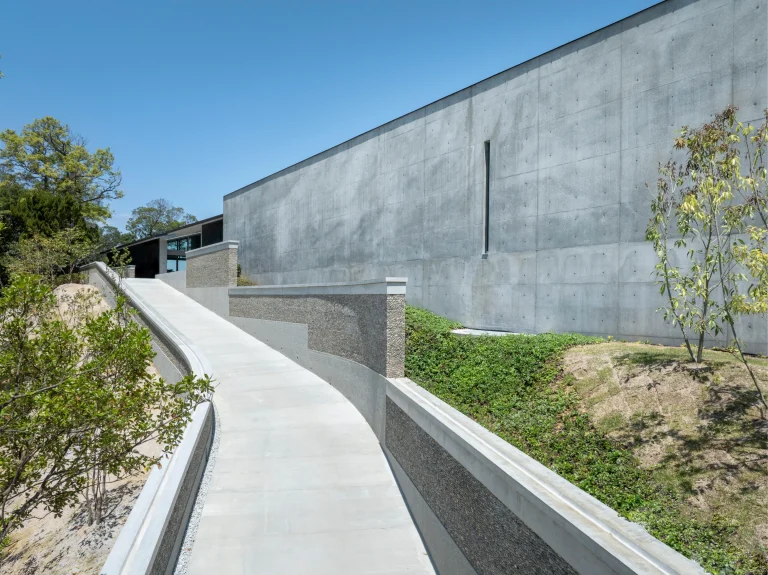
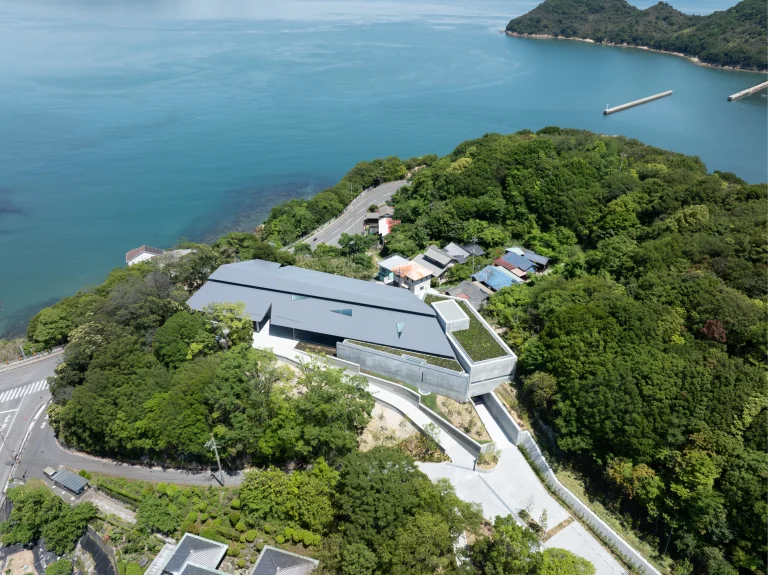
Art seems to intervene naturally, connecting local residents with international visitors at the Benesse Art Site Naoshima (BASN). When starting a project, do you have specific artwork and artists in mind first, or does the idea come from the site or the local people’s lives?
It really depends on the artwork/project and museum. First, for the Chichu Art Museum, one of our notable museums, acquiring the 2×6 meter Monet piece was the major factor. We then discussed how to present and exhibit it. Tadao Ando built the museum so that the Monet painting could be shown in the best possible way, and De Maria and Turrell were chosen to match the painting, so it is more of a museum built around the artwork.
For the Teshima Art Museum, we had already decided on the architect, Ryue Nishizawa, so we kept looking for an artist who would be a good match. Long story short, in the end we chose Rei Naito. The Lee Ufan Museum is of course centered around the artist, and when we talked about creating the museum, we started by thinking what kind of architecture would be best, and asked Ando to take the lead. The process really varies depending on the museum.
What I’m always conscious of is the chemistry between the artist and the architect. Looking back on my past experiences, of course it’s better to have a certain degree of rapport between the artist and architect, but if they’re too close, it can lead to unnecessary compromising from both sides.
There was some tension in that vein at the Chichu Art Museum.
For the Teshima Art Museum, Naito also had very strong determination to propose the best artwork while trying to understand the kind of ideas and architecture that Nishizawa creates. I think these are great cases of our museums that have fostered good relationships between the creators.
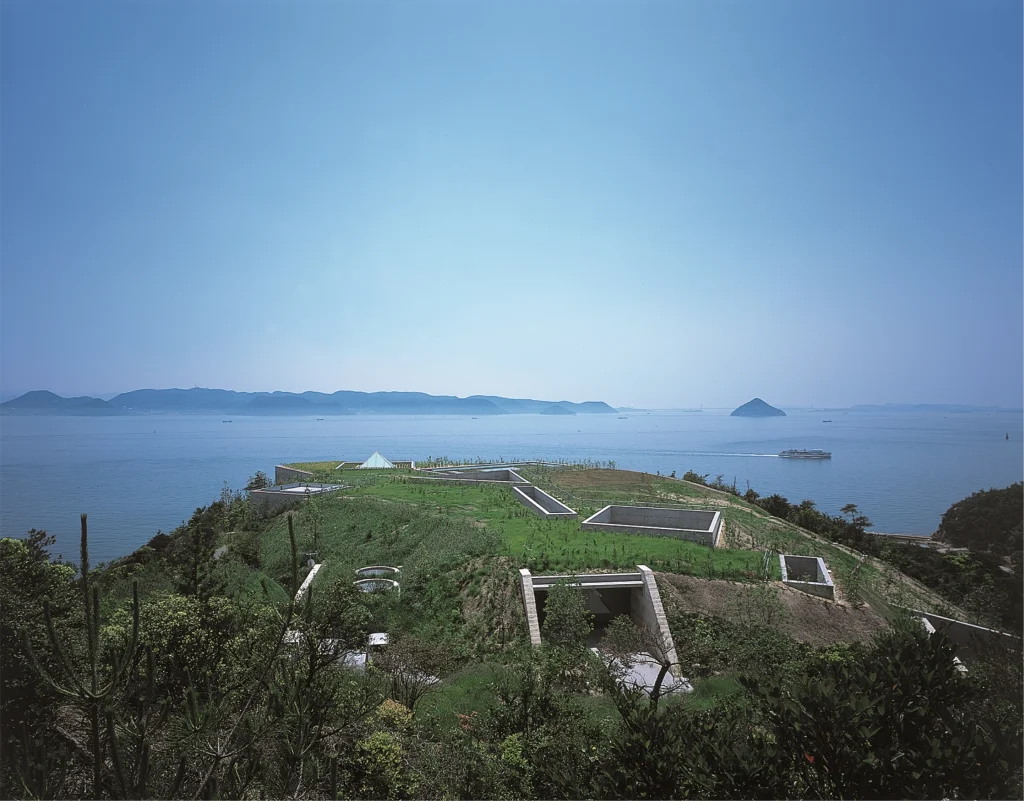
"Conscious of continuity and permanence"
I believe that at the root of what makes BASN so appealing are the wonderful collections, exhibitions, and artist connections. How do you research the artists and artwork?
Right now, Akiko Miki oversees the overall curation as an international artistic director. She’s involved in various projects outside of our projects, and gives us feedback and insight on exhibitions and events in various places. There’s also an art management team within the foundation, so there are many different people who can contribute in many ways from different perspectives.
I myself of course go to exhibitions, and my father and I often look at auction catalogs. (Most of them are online nowadays, and I personally wish they’d go back to paper.) It’s fun to spend time looking at the catalogs and discussing things with my father. We have a large table in our office in New Zealand, so we line up the pages of the catalogs of different ages side by side and look at everything all together. Personally, I like doing that, because when you look at the catalog in a three-dimensional way, it’s easier to visualize the relationship between the artworks and the exhibition. I also consciously try to watch and listen to not only visual art, but also other traditional arts like Kabuki, Bunraku, and classical music as much as possible.
We as the foundation are conscious of continuity and permanence in our activities, so traditional performing arts are very relevant in that sense. I try to go see them as much as possible when I have the time, but I won’t tell them I’m coming beforehand because they’ll try to give me special treatment. I get nervous when they give me a guided tour (laughs).
I usually like to see it quickly and on my own, so while I go to see things relatively often, I am in and out of the venue very quickly. The members of the foundation also do their own research and discovery personally and collectively in various places.
I also like to go see local, regional traditional performing arts too. In Naoshima, there’s a traditional performing arts form called “Onna Bunraku,” and I also like local traditional dances in other countries.
What role do you think art collectors and or the Fukutake Foundation play in Japanese society?
Since the Fukutake Foundation is a public interest incorporated foundation, we want to ensure our benefit for the public—as in how we can contribute and provide value to society, regardless of so-called monetary returns. As the name Fukutake Foundation suggests, we are in the unique position of being a public interest foundation originating from a private family. It is neither a corporate foundation nor a governmental foundation, and I wish to organise activities that can have a social impact while doing what we truly want to do, in a long-term perspective.
For example, I am currently the chairman of the foundation. The chairman of the Fukutake Foundation is not likely to change that quickly or often. I would like to take advantage of this aspect and lead activities that are long time frame and unique as a public interest incorporated foundation.
While we cannot completely disregard financial returns—since doing so would jeopardize the sustainability of our activities—we do pursue them with a long-term perspective. As long as the returns come back to us in the next generation, in 50 or even 100 years, we consider that a meaningful outcome. Because our activities are designed to work in harmony with time, we’re able to operate from a fundamentally different perspective. Our foundation in particular is built to accommodate long term activities, so we’re able to think about our initiatives with this unique perspective in mind.
We are good at activities that do not necessarily provide financial returns in the short term, but can provide value to society in the long term. I believe that if we remain committed and continue our efforts over time, the returns will eventually follow. That’s why I want to take on meaningful work over a time span so long that few individuals or organizations would even attempt it.
Tell us a little more about your long-term activities across generations.
For example, in a government sector, when a mayor or governor changes, they may feel pressure to implement initiatives that are completely different from their predecessors.
When I became the new chairman of the board of directors, I was careful not to take any countermeasures against my predecessor who is my father, and who is still with us as chairman emeritus. Of course, there are times when changing courses works well, but from what I’ve observed, I don’t think that abruptly changing direction just for the sake of proving your new position works that well. It is better to do something good in the long term than to try to stand out in the short term.
I think what the former chairman has done is very valuable and wonderful, so I think a lot about how to continue the legacy. Even when we think we continue to carry on as before, we will all be able to see the subtle differences naturally. Personally, I like new things, but I try to be patient and think of how to do my best for the world.
"Japan can slowly and deliberately create a new value unique to us in the current contemporary art scene."
Do you think that the contemporary art scene in Japan has changed over time?
I don’t look at the art scene only from the contemporary art perspective, so frankly I cannot elaborate too much, but if contemporary art is defined by its start with Marcel Duchamp, for example, it’s only a little over 100 years old, making the whole genre relatively new.
Considering this, Japanese people are good at forming their own unique culture within given rules, so I don’t think we should worry too much about having to produce value within the “rules of contemporary art” that the West has standardised. If Japan continues to evolve in its own unique way over the next several decades, I think a uniquely Japanese version of contemporary art will develop organically, and that would ultimately be more valuable for Japan.
If we fight within the rules made by others, we can never win. If we become the rule makers, just like with tea ceremony, flower arrangement, ukiyoe, etc., we can create our own unique value. Japan can slowly and deliberately create a new value unique to us within the current contemporary art scene. The SetouchiTriennale is an example of a unique evolution in Japan, making it distinct from other international art festivals like the Venice Biennale, and I think this is the kind of thing that we should continue. I think the Japanese contemporary art scene is evolving slowly in its own way, and it would be great if it “Galapagosizes” in a good way (editor’s note: Galapagosization is a term of Japanese origin that describes an isolated, unique evolution of a product or practice).
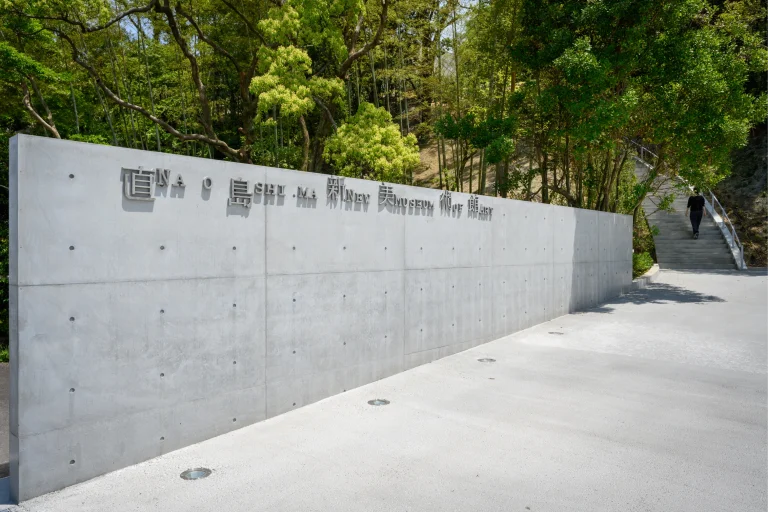
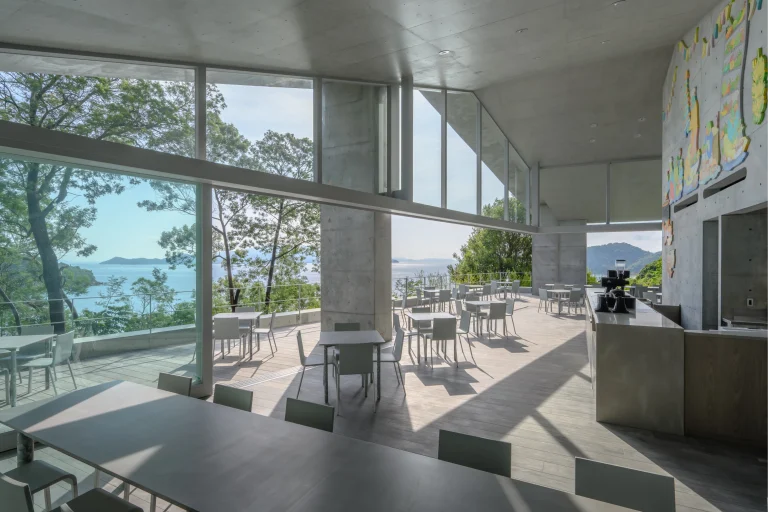
In the course of your involvement in art, have you seen any difference in the way you view artwork as your life stage has changed?
Yes, it has changed indeed. I am always interested in looking at artwork from various aspects. The title of Sakamoto’s exhibition at the Museum of Contemporary Art Tokyo, “Ryuichi Sakamoto | seeing sound, hearing time,” was interesting.
I wondered what other kanji characters there were for the word miru, or see*. While the pronunciation is all the same, miru, there are many different kanji characters depending on whether you’re just looking, appreciating visual art, gazing carefully, being medically examined.
When you think about it, there are many ways to “see” depending on the context.
Conversely, in English, in general terms I think are “look,” “watch,” and “see.” I think it is important to look at artwork or the world in various ways from time to time, so I intentionally try to look carefully these days. I have actually come to think that this is one of the privileges of being an adult.
*Miru: The word for “see/watch/gaze/diagnose” are all pronounced MIRU in Japanese, using different kanji characters to differentiate the meaning.
You may hear people say, “you should look at art like a child would,” but I think that’s impossible. You don’t have such an innocent heart anymore. On the other hand, when you think about privileges that only adults have, taking time to look at things carefully is not easy to do as a child.
Another thing that children cannot do is to look at things that do not interest them. When I go to a museum or an exhibition, I try to look more slowly and carefully at works from various angles that I reflexively feel that I am not really interested in. Whether or not I learn something in the moment is another thing, but when I do this repeatedly, I discover many different perspectives. When I look at artworks or talk with artists and creators, there are cases where they look at the same event from completely different angles, and when they say completely different things, sometimes it just makes me think, “What is it with these people?” An artwork that comes to mind on this is called “rain bottle,” which nendo created a while ago, is a work that depicts various kinds of rain, like drizzle, spring shower, and misty rain, etc. In Japanese, “rain” can be expressed in 10 or 20 different ways, but in English, there are only so many words. Having these different words enables us to look at phenomenons from different angles, and to me this is so wonderful. It’s important to think about the angle from which to observe something, and there are times when I notice this only after seeing various artwork.
Conversely, if we don’t look at things we are not interested in, we will only see what is comfortable for us. I feel that as we grow older, we gradually lose our range of sensitivity if left unchecked. If we only see what is comfortable to us, we become very narrow-minded people who only see things in a certain way. I don’t want that to happen, so I want to look at the world with eyes as wide as possible.
<Stay tuned for the second half of the interview, available soon. We asked him about art and education, public-private cooperation in the arts, and his experiences purchasing art at a school. Don’t miss it! >
Portrait of Hideaki Fukutake by Yasutaka Ochi
Hideaki Fukutake Profile
Chair of the Board of Directors of Benesse Holdings, Inc. and Chairman of the Fukutake Foundation. The foundation supports the museum projects of Benesse Art Site Naoshima, centered on Naoshima, Teshima, and Inujima, as well as regional development activities through culture and art throughout Japan. It also supports the Setouchi Triennale.


